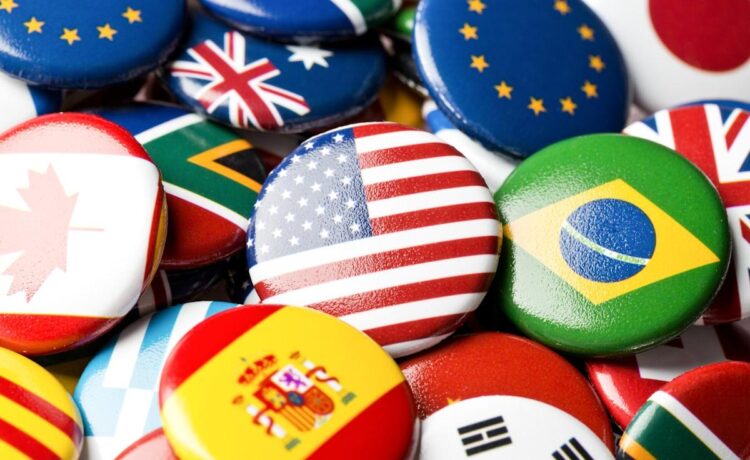-
The S&P 500’s Shiller P/E ratio is the highest it has been since October 2000.
-
Investing in international stocks could hedge your portfolio against a decline in overvalued U.S. stocks.
-
The Vanguard Total International Stock ETF contains companies from both developed and emerging markets.
-
10 stocks we like better than Vanguard Total International Stock ETF ›
Since the end of 2022, the S&P 500 (SNPINDEX: ^GSPC) — an index tracking 500 of the largest public U.S. companies — has been on a good run. Much of its rise in value during that period was fueled by investors’ huge optimism about the artificial intelligence (AI) trend, with the tech-focused “Magnificent Seven” stocks accounting for the majority of the index’s gains.
The S&P 500’s recovery from the 2022 downturn has been great for investors, but it’s also a double-edged sword. The index now sits at historically high valuation levels — in particular, its Shiller price-to-earnings (P/E) ratio, which measures stock prices against inflation-adjusted average earnings during the past 10 years. As of the time of this writing, the S&P 500’s Shiller P/E ratio is almost 39, which is the highest since October 2000 — right in the thick of the crash that followed the dot-com bubble.
This isn’t to sound the alarm, because there’s no sure way to predict how the stock market will perform from here. However, it would be a good time to exercise some caution, because it hasn’t worked out well in the past when the Shiller P/E Ratio has reached elevated levels.
If you’re looking to hedge against a potential S&P 500 crash, it would be helpful to look at investments outside of the U.S. One of the easiest ways to get exposure to such stocks is to scoop up shares of an internationally focused exchange-traded fund (ETF). My go-to in that category is the Vanguard Total International Stock ETF (NASDAQ: VXUS).
While some international ETFs focus on specific regions, the Vanguard Total International Stock ETF covers virtually all parts of the world other than the U.S. Here is how its holdings are divided by region:
-
Europe: 39%
-
Emerging markets: 27.2%
-
Pacific: 25.4%
-
North America: 7.7%
-
Middle East: 0.7%
There are inherent risks that come with investing in companies from some countries or regions; a fund that spreads your investment out among all of them reduces your level of risk exposure to any single economy. This ETF contains 8,615 stocks, so it’s about as diversified an investment as you will find.


